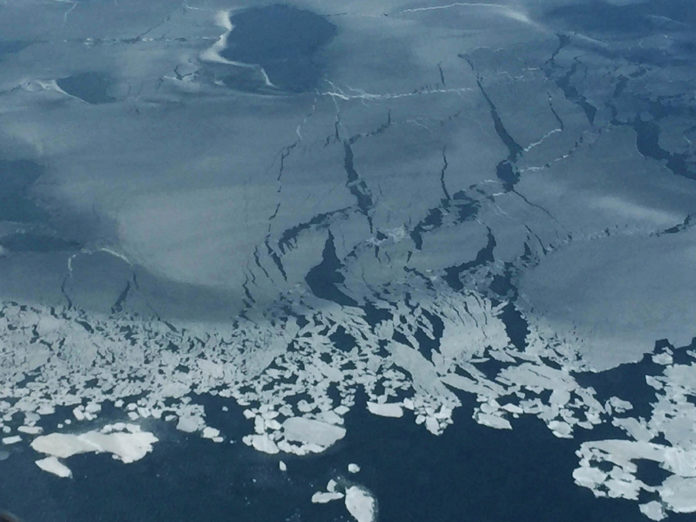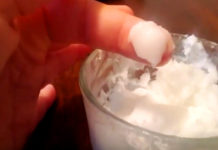Thinning sea ice due to global warming, may be causing phytoplankton bloom under the Arctic sea, which can potentially disrupt the Arctic food chain, suggests a new study.
The conditions of the Arctic were considered unfavorable for phytoplankton growth, since the sea ice reflects sunlight back into space, blocking its penetration into the water.
In 2011, researchers first observed a massive phytoplankton bloom under the Arctic sea ice, which was surprising, as it was thought that the waters were too dark for the process of photosynthesis.
However, researchers now attribute the plankton growth to the rising temperatures, which cause the sea ice to melt. Over the last few decades, Arctic ice is getting thinner and darker because of global warming, allowing sunlight to pass through the water.
Increased formation of large, dark pools of water on the surface of the ice- known as melt ponds- has reduced the reflectivity of the ice.
“Our big question was, how much sunlight gets transmitted through the sea ice, both as a function of thickness, which has been decreasing, and the melt pond percentage, which has been increasing,” said study author Chris Horvat from Harvard John A. Paulson School of Engineering and Applied Sciences (SEAS).
Based on mathematical modelling, researchers found that while the melt ponds contribute to conditions friendly to blooms, the biggest culprit is ice thickness.
“What we found was that we went from a state where there wasn’t any potential for plankton blooms to massive regions of the Arctic being susceptible to these types of growth,” he said.
Twenty years ago, only about three to four per cent of Arctic ice was thin enough to allow large colonies of plankton to bloom underneath. However, today the experts said that nearly 30 per cent of the ice-covered Arctic Ocean permits sub-ice blooms in summer months.
“All of a sudden, our entire idea about how this ecosystem works is different. The foundation of the Arctic food web is now growing at a different time and in places that are less accessible to animals that need oxygen,” added Horvat.
In the study published in the journal Science Advances, the researchers said that they hope the model would help future expeditions to understand the impact of these blooms on the Arctic ecosystem.




























